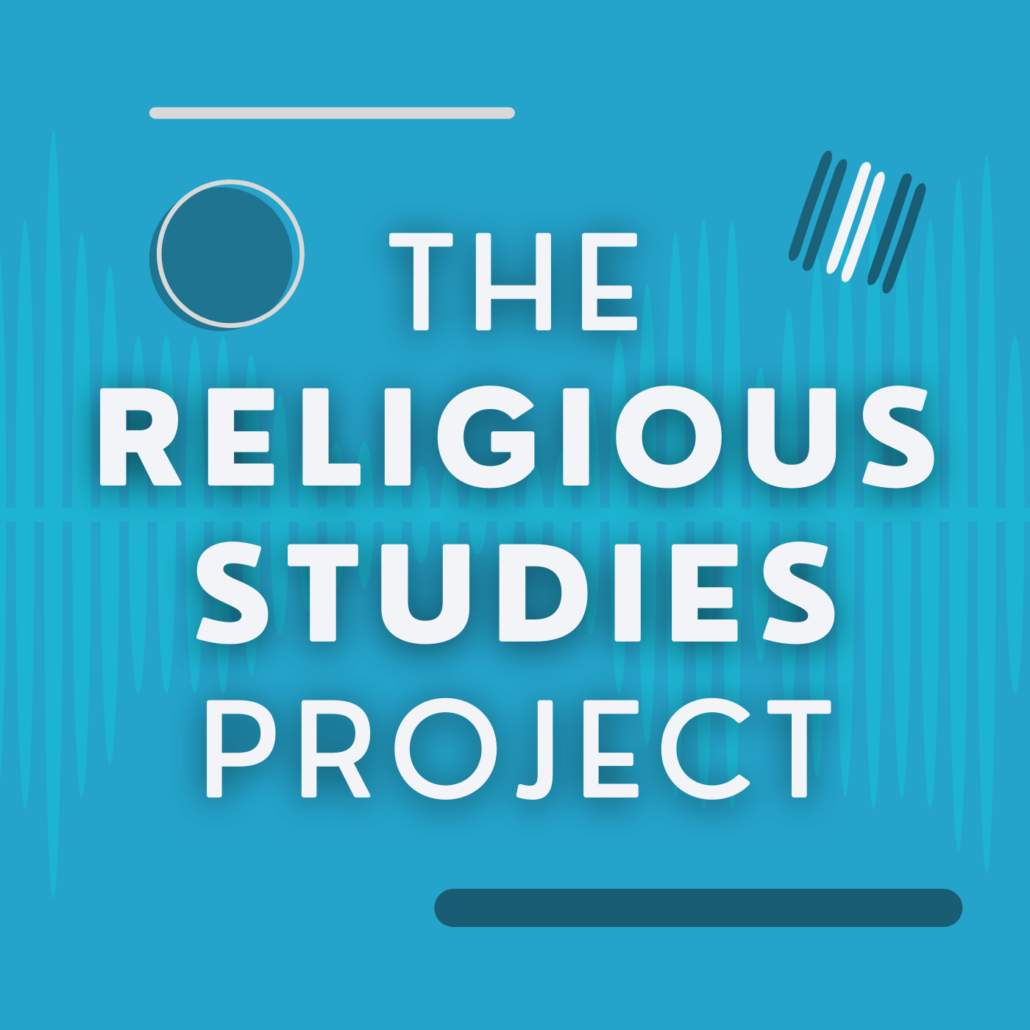A Response to George Chryssides on “Changing Your Story: Assessing Ex-Member Narratives”
By Aled Thomas
In his interview with the RSP, George Chryssides considers a prominent methodological challenge for scholars of New Religious Movements (NRMs) – how to approach the narratives of former members of NRMs in an academic context.
Ex-member narratives can cover a variety of issues relating to NRMs, ranging from reasons why certain members joined and left the movement, to intricate details involving esoteric practices that are unknown to outsiders. As Chryssides notes, scholarly opinion on the value of testimonies from ex-members is wide ranging. For example, James Beckford adopted an interpretative method when considering ex-member narratives of the Unification Church, stating that “they could not serve simply as factual resources” (1985, p. 144), while Bryan Wilson (1990) deemed ex-member accounts as entirely invalid, arguing that some former members may devise an ‘atrocity story’ to provide a false narrative of how they were coerced into joining a movement. Chryssides, however, values ex-member narratives due to the information they can provide. He acknowledges their potential bias, but also that the academic community are taught to evaluate their sources and triangulate the information they receive through such narratives.
Chryssides demonstrates the benefits from engaging with ex-member narratives by drawing from his own extensive research on the Jehovah’s Witnesses, stating that the ex-member testimonies of door knocking and altering of statistics are not the sort of information one could typically find in copies of the Watchtower. When considering my own academic interest, Scientology, it is evident that the information of an ex-member is not only beneficial to a scholar in providing an insight to their day-to-day lives in the movement, but also organizational details that remain officially undisclosed by the movement. In the Church of Scientology, the full information on esoteric levels of spiritual development known as Operating Thetan are only disclosed to Scientologists that have met certain requirements, yet the details of these documents, and the process in which they are given to Scientologists, have been made widely available by ex-Scientologists that seek to expose what they wish to present as ‘strange’ beliefs. Through critically engaging with one’s sources, and triangulating the information they provide, it is possible to create a clearer picture of precisely what the Operating Thetan levels entail, a prominent and highly important aspect of Scientology that would otherwise remain unknown to the outsider.
These testimonies of ex-members are becoming more widespread and prominent through the rise of social media, an issue this interview briefly touches upon. It is hardly an exaggeration to say that social media has become a transformative tool for ex-members in making their information available to the wider public. A glance at the blogs of Mike Rinder and Marty Rathbun, two former high ranking members of the Church of Scientology, demonstrates the considerable influence social media has in allowing them to get their story ‘out there’, and the worldwide audience they can attract. Chryssides emphasises how ex-member testimonies become a part of one’s identity, that one can create a public persona, or even a career, based on their ex-member status (particularly noticeable with the examples of Rinder and Rathbun). In other cases, the anonymity provided by posting information online can be appealing to ex-members that do not wish to disclose personal information. Online anonymity has been previously described by Michael Peckham as a “virtual resource” (1998, p. 322), a tool that is adopted by online critics of NRMs to share information without making their identity known.
Expanding on this discussion of ex-member testimonies available on social media, it is important to note that ex-member use of the Internet is not limited to personal narratives. The anonymity provided through online engagement additionally allows ex-members to leak confidential documents and information belonging to a wide variety of groups and organizations, including NRMs. The rising popularity of leak websites, particularly Wikileaks, has resulted in what could be described as a ‘leaking culture’, where confidential documents can be ‘dumped’ online for public engagement and scrutiny. To use the example of Scientology once more, the confidential Operating Thetan levels are publicly available through Wikileaks and other online sources, and include details of L. Ron Hubbard’s cosmology and space opera that are allegedly revealed to Scientologists at Operating Thetan Level III. Mikael Rothstein justifies the use of these leaked documents by arguing that “pretending that the texts are not there is ridiculous, and acting as if anyone with potential interest in the subject is unaware of this material equally meaningless. The texts are there, almost waiting for scholarly inspection and analysis” (2009, p. 368). Of course, Rothstein notes the concerns that these documents could be distorted by outsiders in an attempt to discredit the beliefs of the Church of Scientology, echoing Chryssides’ emphasis on a critical evaluation of one’s sources. The examination of these documents, however, is essential in a study of representations of Scientology in popular culture and the wider public sphere, particularly when analysing the community of ex-members which uses these documents to present a negative image of Scientology.
This increased presence of ex-member narratives and leaks through easily accessible online sources becomes difficult for the scholar to avoid, and the communities of ex-members that emerge as a result are a topic worthy of study in themselves. Chryssides observes that ex-members who were deeply involved with an NRM could be faced with an identity problem when establishing a new identity outside their former movement. Naturally, this can lead to communities of ex-members emerging based on a common interest of a former ‘belonging’, which is made easier through online forums for ex-members based in different locations around the world.
Of course, precisely what being an ‘ex-member’ entails can be entirely different from person to person, and the specific experiences and role of the individual in their former movement can have an enormous influence on the identity they assume outside the movement. This issue of what we typically mean when referring to ‘ex-members’ also raises interesting questions concerning insider/outsider binaries that are adopted in the academic study of religions. Some ex-members that provide a narrative of their experience within an NRM may continue to practice their faith in a different group, or even independently, meaning that while they are former members of a particular institution, they are not ‘ex-members’ in the same regard as those that have completely renounced their former beliefs. These subtleties distort the meaning of ex-membership, and the considerably different schisms or communities of former members that emerge demonstrate its nuanced nature.
Chryssides’ interview indicates that by engaging with ex-member narratives, scholars do not only benefit from insider knowledge, but can begin to see the emergence of communities or schisms of ex-members. It is natural that, as Chryssides notes, some ex-members will amend their narrative to justify their former belonging to an NRM, or even to criticise the movement, but this does not result in the need to entirely disregard the information they can provide. The issue of bias is one that must be kept in mind whenever conducting research in the field, regardless of whether your participants are current members or ex-members. Careful examination of ex-member testimonies creates the possibility for scholars to gain pieces of knowledge regarding NRMs that may not have previously been available in the public domain. As such, the study of ex-member narratives can be rewarding to both the scholar’s work and the wider knowledge on new religious movements.
Reference List
Beckford, J. A. (1985) Cult Controversies: The Societal Response to the New Religious Movements, London, Tavistock Publications.
Peckham, M. (1998) ‘New Dimensions of Social Movement/Countermovement Interaction: The Case of Scientology and its Internet Critics’, The Canadian Journal of Sociology, Vol. 23, No. 4, pp. 317-347.
Rothstein, M. (2009) ‘“His Name was Xenu. He Used Renegades…”, Aspects of Scientology’s Founding Myth’, in Lewis, J. R. (ed), Scientology, New York, Oxford University Press.
Wilson, B. (1990) The Social Dimensions of Sectarianism, Oxford, Clarendon Press.



